Some Selected Research on Effects, Mechanisms of Actions, General Research and Other Information on Nootropics
Nootropics Basics:
Nootropics are substances that enhance learning and memory, with being safe and neuroprotective of the brain.
Nootropics comes from the greek words “noos” meaning “mind” and “tropein” meaning “towards.”
The first nootropic, piracetam, which at the time was known as UCB 6215 and was discovered while in pursuit of a sleep aid related to GABA. Piracetam was an amazing substance with properties unlike any other molecule or class of molecules known at the time. The effect that tipped them off was Piracetam’s prevention of disruption of memory from rats that were suffocated (hypoxia).
Long-term Nootropic Use Produces Neuroplastic Response Identical to that Obatined by Complex Environment Rearing
 One way nootropics work is by stimulating the cells in the hippocampus as the brain does when it is exploring and remember physical locations. When a rat is exposed to a complex environment that is considered “enriched” new neurons are created in order to store the information. There is a stark difference that can be seen when one evaluates the levels of a type of neuron found in the hippocampus (polysialyalated hippocampal infragranular) in rats that have complex environments. What is interesting, is that they found the long term treatment with a nootropic molecule “resulted in an increase in polysialylated cell frequency that was indistinguishable from that obtained with rearing in a complex environment.” See the image above, where (A) is the placebo mouse (saline water), (B) is the nootropic, and (C) is the complex environment.
One way nootropics work is by stimulating the cells in the hippocampus as the brain does when it is exploring and remember physical locations. When a rat is exposed to a complex environment that is considered “enriched” new neurons are created in order to store the information. There is a stark difference that can be seen when one evaluates the levels of a type of neuron found in the hippocampus (polysialyalated hippocampal infragranular) in rats that have complex environments. What is interesting, is that they found the long term treatment with a nootropic molecule “resulted in an increase in polysialylated cell frequency that was indistinguishable from that obtained with rearing in a complex environment.” See the image above, where (A) is the placebo mouse (saline water), (B) is the nootropic, and (C) is the complex environment.
Nootropics Long Term Use Timeline
Long-term nootropic use has thus far demonstrated the principals put forward in the nootropic concept, that they must be neuroprotective. A one-year-long, placebo-controlled, double-blind study on pre-dementia adults taking piracetam compared to those those taking a placebo, measured measured 14 different psychometric tests found that those who were on the placeba went down on 9 out of 14 tests, those on piracetam went down on just 1 metric. Nootropics also work in a way typically different in mechanism that other substances. Chronic (long-term) of treatment of animals with noopept found “treatment with Noopept was not followed by the development of tolerance, but even potentiated the neurotrophic effect.
Piracetam increased the levels of polyribosomes (responsible for biosynthesis of proteins) to a level beyond untreated young rats.
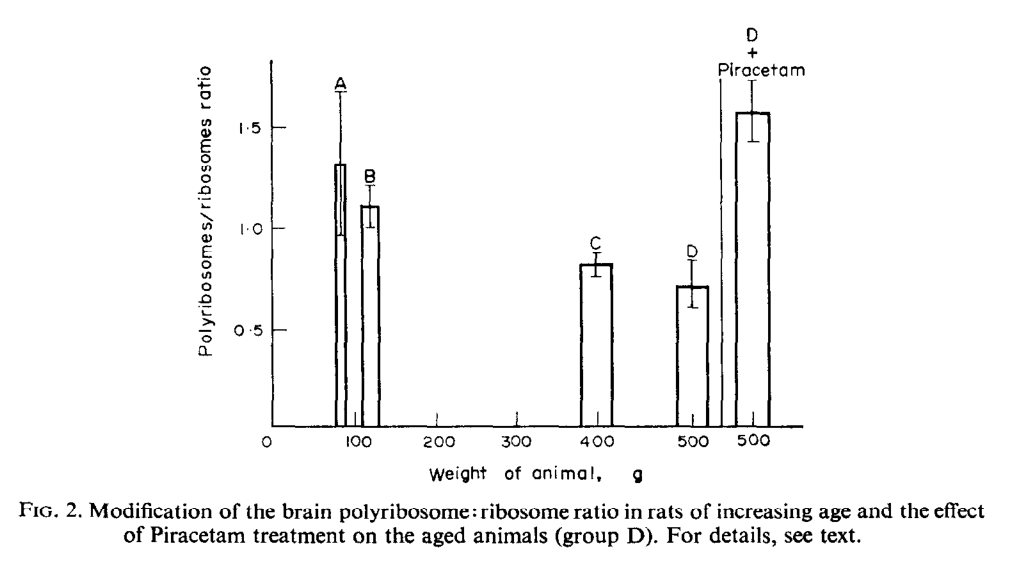 Polyribosomes are cytoplasmic structures responsible for the biosynthesis of proteins and the amount pressed in cells is directly related to the protein synthesis in the cell. In the present study, the polyribosomes were chosen as indicators of cell ageing because the polyribosome content of the post-mitochondrial supernatant was defined by a mild treatment with ribonuclease, an enzyme which in very low concentrations selectively destroys the mRNA strand and transforms the polyribosomes into ribosomes.
Polyribosomes are cytoplasmic structures responsible for the biosynthesis of proteins and the amount pressed in cells is directly related to the protein synthesis in the cell. In the present study, the polyribosomes were chosen as indicators of cell ageing because the polyribosome content of the post-mitochondrial supernatant was defined by a mild treatment with ribonuclease, an enzyme which in very low concentrations selectively destroys the mRNA strand and transforms the polyribosomes into ribosomes.
The influence of the ageing process on the polyribosome:ribosome content was checked in four groups of rats of increasing age and a significant and progressive decrease of the polyribosome : ribosome ratio was observed in aged animals. Secondly, rats were treated with Piracetam and the same parameter examined. A significant increase in the polyribosome:ribosome ratio was observed in the treated animals. The measured values were even higher than those observed in young animals.
Moreover, a comparison of the sedimentation profiles of the polyribosomes ex-tracted from Piracetam-treated and untreated animals indicated that a significantly larger amount of polyribosomes occurred in the treated rats. It is well established today that the storage of long term memory is dependent on the synthesis of one or several proteins in the brain cells.’ Moreover, an increase in the polyribosome:ribosome ratio was also observed during the training of old rats.2 The Piracetam-induced stimulation of the protein synthesis machinery thus gives support to the neuropharmacological experiments which show an increase in many cereberal performancs and protection against posthypoxic amnesia in rats.3-5
From the Paper:”PIRACETAM (2-PYRROLIDINONE ACETAMIDE) INDUCED MODIFICATIONS OF THE BRAIN POLYRIBOSOME PATTERN IN AGEING RATS”
Indeed, animals treated with piracetam during withdrawal, although also displaying a smaller number of synapses than control, pair-fed control, and control + piracetam-treated animals, have more synaptic contacts than non-treated withdrawn animals and even more synapses than age-matched, alcohol-treated rats
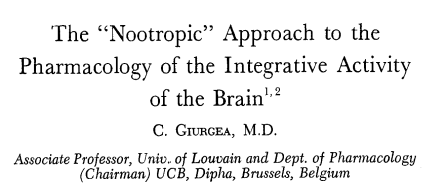

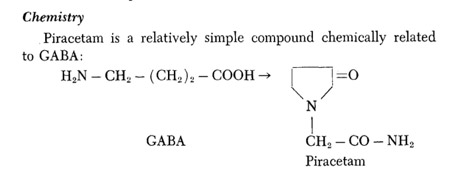


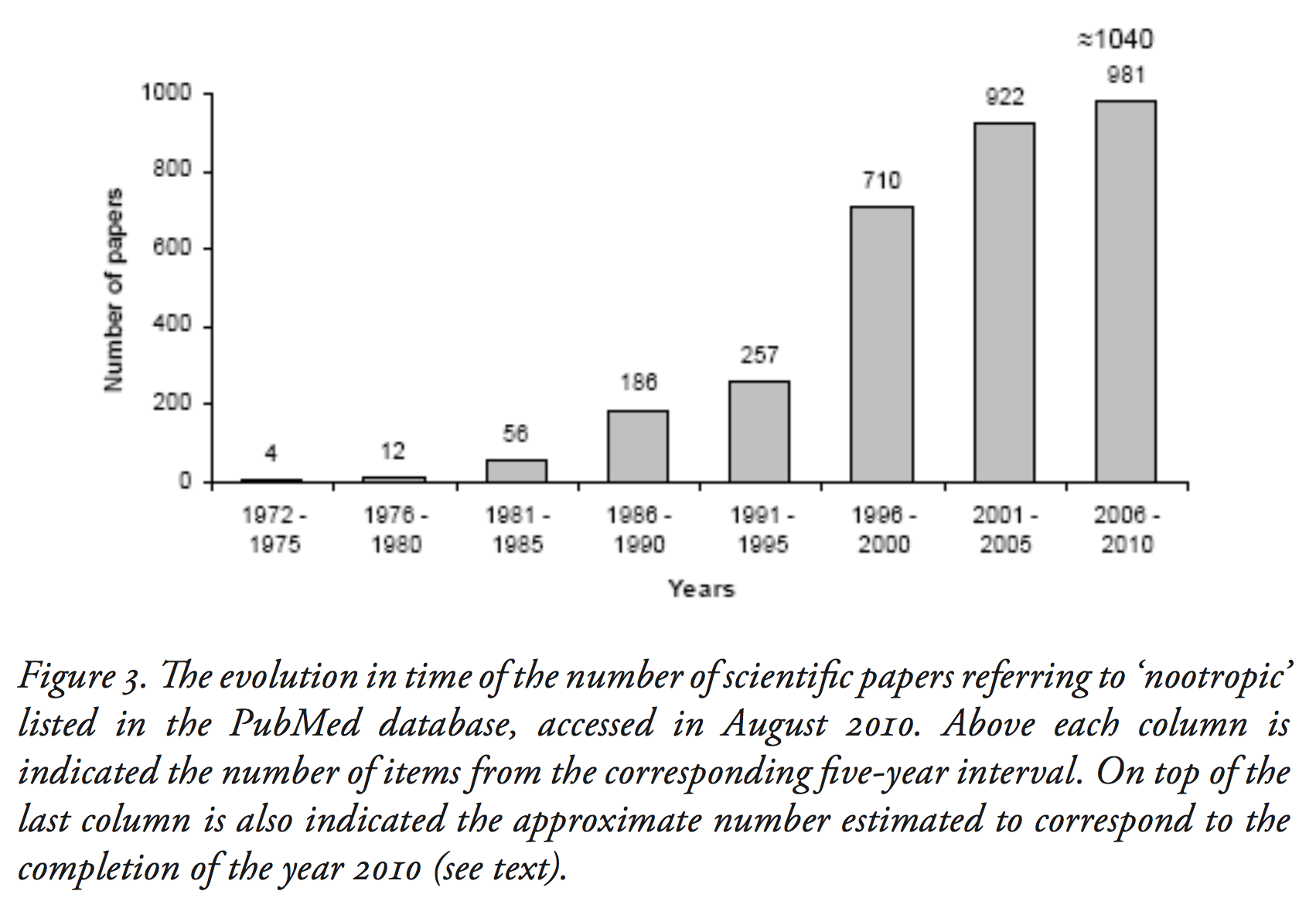


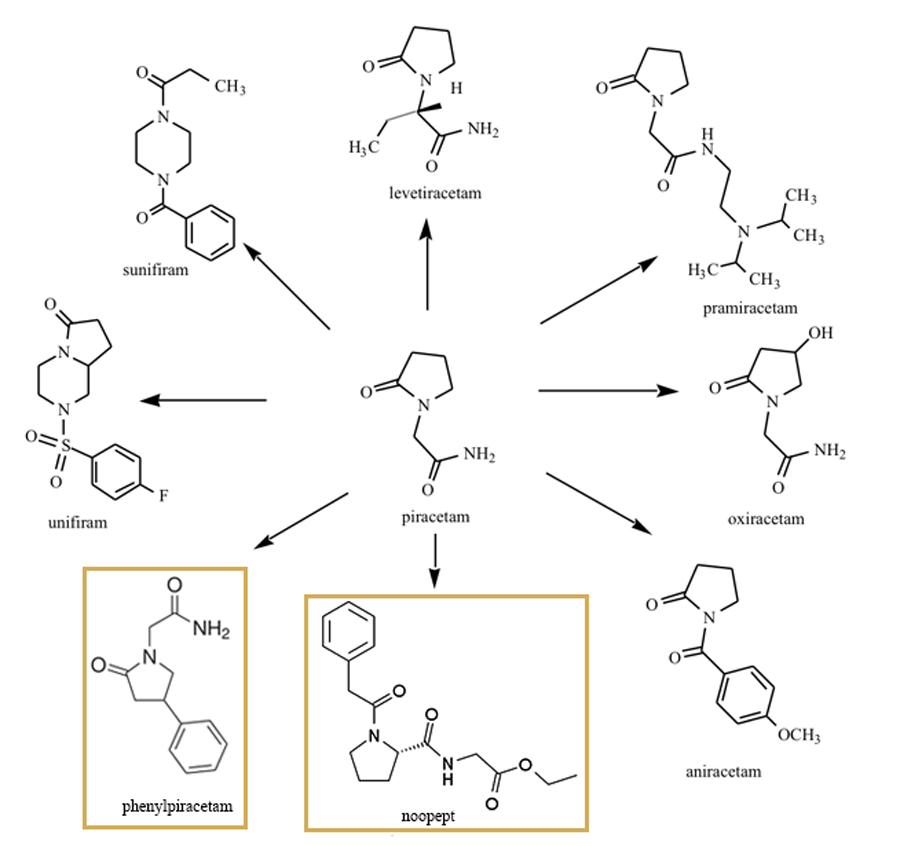
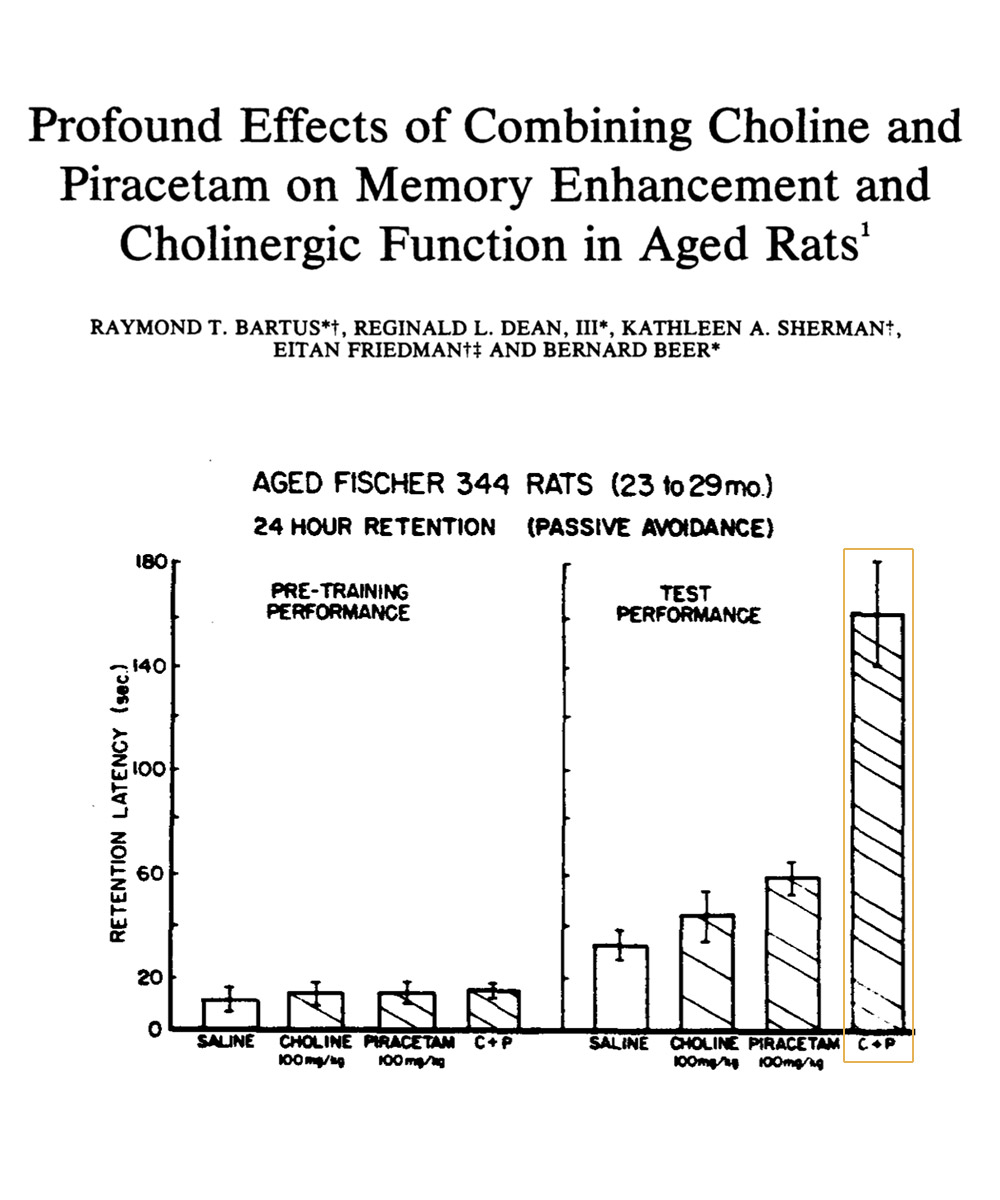

 One way nootropics work is by stimulating the cells in the hippocampus as the brain does when it is exploring and remember physical locations. When a rat is exposed to a complex environment that is considered “enriched” new neurons are created in order to store the information. There is a stark difference that can be seen when one evaluates the levels of a type of neuron found in the hippocampus (polysialyalated hippocampal infragranular) in rats that have complex environments. What is interesting, is that they found the long term treatment with a nootropic molecule “resulted in an increase in polysialylated cell frequency that was indistinguishable from that obtained with rearing in a complex environment.” See the image above, where (A) is the placebo mouse (saline water), (B) is the nootropic, and (C) is the complex environment.
One way nootropics work is by stimulating the cells in the hippocampus as the brain does when it is exploring and remember physical locations. When a rat is exposed to a complex environment that is considered “enriched” new neurons are created in order to store the information. There is a stark difference that can be seen when one evaluates the levels of a type of neuron found in the hippocampus (polysialyalated hippocampal infragranular) in rats that have complex environments. What is interesting, is that they found the long term treatment with a nootropic molecule “resulted in an increase in polysialylated cell frequency that was indistinguishable from that obtained with rearing in a complex environment.” See the image above, where (A) is the placebo mouse (saline water), (B) is the nootropic, and (C) is the complex environment. Polyribosomes are cytoplasmic structures responsible for the biosynthesis of proteins and the amount pressed in cells is directly related to the protein synthesis in the cell. In the present study, the polyribosomes were chosen as indicators of cell ageing because the polyribosome content of the post-mitochondrial supernatant was defined by a mild treatment with ribonuclease, an enzyme which in very low concentrations selectively destroys the mRNA strand and transforms the polyribosomes into ribosomes.
Polyribosomes are cytoplasmic structures responsible for the biosynthesis of proteins and the amount pressed in cells is directly related to the protein synthesis in the cell. In the present study, the polyribosomes were chosen as indicators of cell ageing because the polyribosome content of the post-mitochondrial supernatant was defined by a mild treatment with ribonuclease, an enzyme which in very low concentrations selectively destroys the mRNA strand and transforms the polyribosomes into ribosomes.